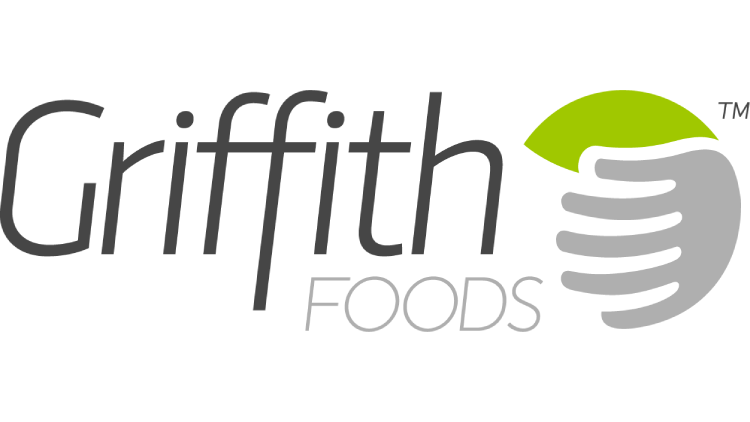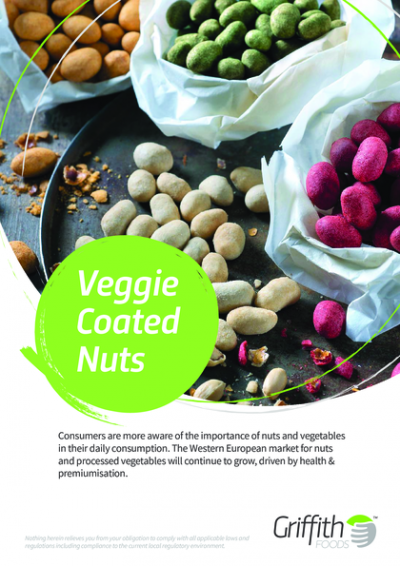Promotional Features
Protein made nutritious: Overcoming barriers around affordability and taste
The food industry is facing significant challenges around health and nutrition.
Multiple research studies have demonstrated the link between health and diet, yet the past years have seen an alarming evolution of non-communicable diseases related to poor nutrition. A significant increase in risk factors, such as obesity, are driving higher rates of related mortality outcomes such as cardiovascular disease and cancer. According to the World Health Organization (WHO), at least 60% of adults and 30% of children in Europe are overweight or obese, with the potential to further drive the increase in associated negative health outcomes.1
Governments are already responding to growing health concerns with new mandates – the Soft Drinks Industry Levy (a tax on sugar-sweetened beverages) and promotional restrictions such as HFSS in the UK are two such interventions. Similarly, the roll out of educational tools for consumers, such as Traffic Light and Nutri-Score for front of pack labelling, aims to create awareness and help consumers make better choices.
While there are known links between certain nutrients and health risks – high sodium and high blood pressure, for example – pinpointing the reasons behind health issues is complex because diet is only one of the factors involved. Increasingly, affordability has become a barrier to healthy eating; many consumers want to make healthier choices but cannot afford to do so.
While consumers turn to protein for its perceived health benefits, food products that contain higher levels of protein typically come at a higher cost. In 2022, 8% of the EU population could not afford a meal containing meat, fish or vegetarian equivalent every second day, and 14.6m people in Europe say they cannot afford a healthy diet.2
It is clear that cost is an issue for millions and will continue to impact health. A recent consumer research conducted by Griffith Foods found that over 47% of respondents across Europe believe their financial situation will moderately or severely worsen over the next 12 months.3 “Affordability is top of mind for many consumers and is one of the barriers in terms of accessing a healthier diet,” says Jamie Measor, Regional Nutritionist Europe and Africa at Griffith Foods.
“As people turn from making healthier choices due to cost concerns, the current health problems could be exacerbated. And this is putting increasing pressure on the food industry to provide more affordable solutions.”
Cost is not the only barrier to nutrition, though; taste and texture are also key. For those who can afford to make healthier choices, 42% agree or strongly agree that healthier products will lack flavour or enjoyment and cannot be both healthy and indulgent, according to Griffith Foods’ latest consumer survey.3 Some consumers are shying away from products that are explicit in their health positioning because they refuse to compromise on organoleptic attributes, and this is an additional challenge for food manufacturers.
How can manufacturers bridge the gap between what consumers want and what consumers need from a nutritional perspective? Are there opportunities for protein processors to respond to what consumers are asking for, and still deliver positive outcomes for health?
Partnering for future success
For protein processors faced with juggling these challenges, leveraging the right expertise is key. Working with a partner who has a thorough understanding of their products and potential consumer appeal, coupled with access to a wide array of nutritional ingredients, can help address these challenges and set them on the path to success.
“Ticking all the boxes at the same time is the biggest challenge for manufacturers, and that's where the right partnership comes in,” says Matthias Bourdeau, Market Segment Manager Protein, Europe & Africa at Griffith Foods. “At Griffith Foods, nutrition is in our DNA – it’s part of our proactive strategy and ingrained in our culture. By taking a holistic approach, we can offer specific solutions for some of the immediate (re)formulation needs that address nutrition, taste and texture.”
By ‘Creating Better Together’, Griffith Foods is committed to co-creating with its Protein Processor, Food Service and QSR customers to map goals, understand their protein source – be it animal, fish or plant-based – and achieve a customised solution from conception through to the launch on a retail shelf or on a restaurant table.
Bourdeau adds: “We take a truly culinary approach to help our customers impact nutrition, culminating in a unique product that is both delicious and nutritious. Our access to a wide array of ingredients is backed by our inhouse teams, from food scientists and nutritionists to consumer insights and sensory experts, and regulatory teams, bringing wide-ranging knowledge and expertise.”
“Our Insights and Sensory teams advise on target segments and positioning, and map and rate the organoleptic profile of a customer’s current products versus future concepts,” says Paulien Berrens, Innovation Technologist, Europe & Africa at Griffith Foods. “And because we are culinarily focused, we have a team of chefs to ensure that our customers’ products deliver on a culinary level.”
The process starts with understanding the technical application side of any given protein substrate, the desired organoleptic – and nutritional profile of the final product. “Then we turn to the right ingredient solutions,” says Berrens.
“For example, if the goal is to increase positive macronutrients, we can work with our Nutritional Coatings to add fibre and protein, or our Hidden Fruit & Veg Sauces to increase fruit and veg content. We know that certain ingredients in existing formulations like sugar and sodium bring specific functionalities, often at a relatively low cost.
“Finding a more nutritious replacement that is still affordable and doesn't compromise on taste quality is what we do, and we leverage everything in our toolbox to create that optimal solution.”
Griffith Foods’ portfolio includes seasoning and sauces solutions such as Sodium Flex and Sugar Flex, as well as a number of fat reduction solutions which are designed to help manufacturers improve the nutritional content across the spectrum of animal and alternative protein substrates.
As nutrition comes evermore under the spotlight, the company is increasing its commitment to provide solutions that are both nutritious and sustainable within complex frameworks of regulatory requirements, both now and in the future. “We see nutrition and sustainability as being inherently intertwined,” adds Bourdeau. “The health of the planet and the health of its people need to go hand in hand.”
“As we move towards more nutritious solutions and enhance our portfolio in line with global nutrition standards, our solutions will become increasingly more sustainable. And as we move towards more sustainable solutions, we will ensure they are ever more nutritious. We want to make a positive contribution to consumers’ health by helping processors deliver more nutritious products that appeal to consumers, so they actively opt for those healthier choices.”
By providing healthier options that can improve front of pack claims, such as Nutri-Score, manufacturers can help consumers make better choices. “We know front of pack is a good way to help inform consumers to make better choices. We are here to facilitate that,” says Measor.
Closely monitoring affordability around nutrition is part of that commitment. Longer term, the company is exploring the accessibility of nutrition for consumer segments that are currently underserved – the elderly and children, for example – marrying its nutrition and sustainability ambitions into a ‘healthy for me, healthy for the planet’ outlook.
“Our product and service solutions put us in a position to meet regulatory requirements as they change,” says Measor. “We know that our solutions have to answer consumer demands for quality and affordability, and we need to provide solutions that answer to the evolving regulatory frameworks for our customers because there's going to be growing pressure.”
By creating solutions to make protein sources more affordable, delicious, nutritious, and sustainable, Griffith Foods is well positioned to help manufacturers create formulations that will appeal to consumers. As the regulatory landscape advances with a continued focus on nutrition, manufacturers who respond to consumers’ evolving needs will be positioning themselves for success.
You can find out more about Griffith Foods' solutions to improve nutrition.
References
1. World Health Organization (WHO) European Regional Obesity Report 2022.
2. European Commission How many people can afford a proper meal in the EU? (July 2023).
3. Griffith Foods propriety survey on the needs and expectations of European and UK consumers around protein consumption (July 2023).





